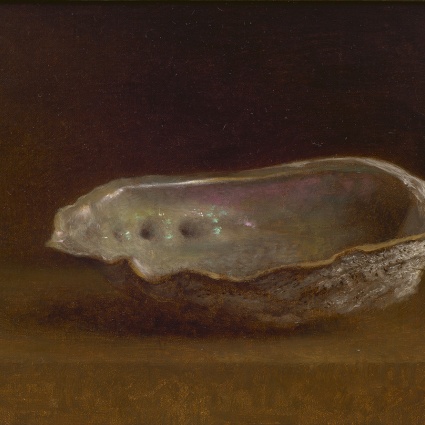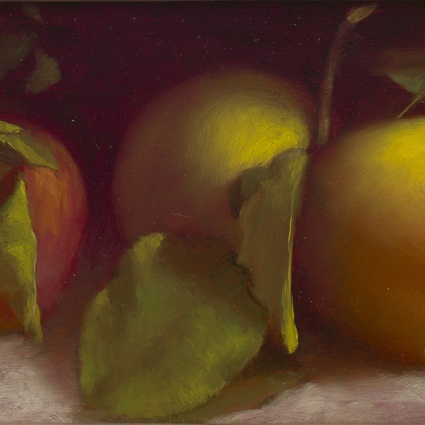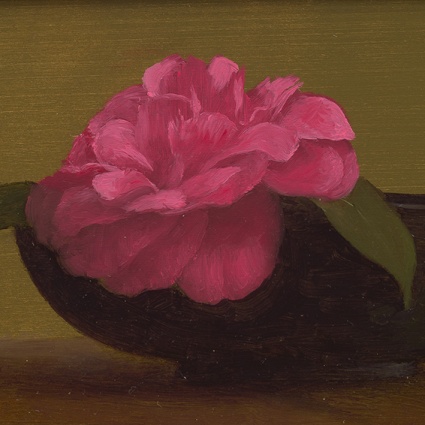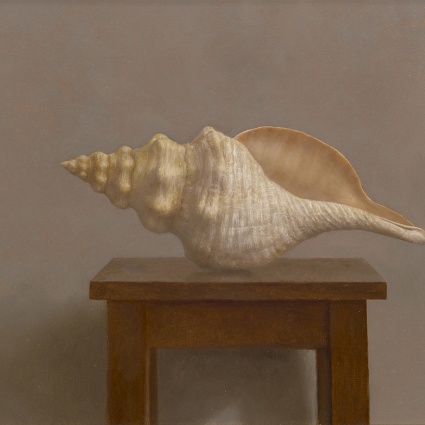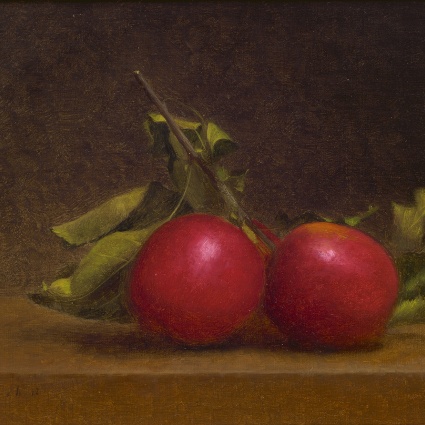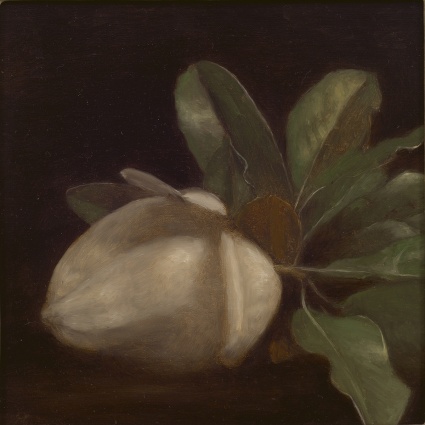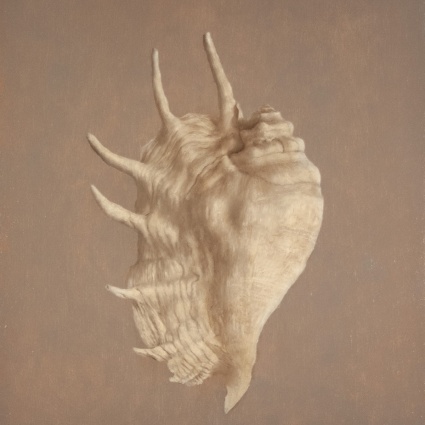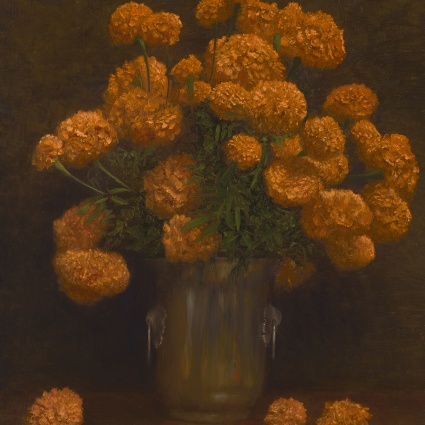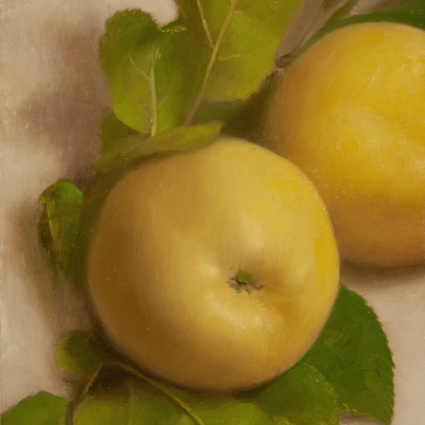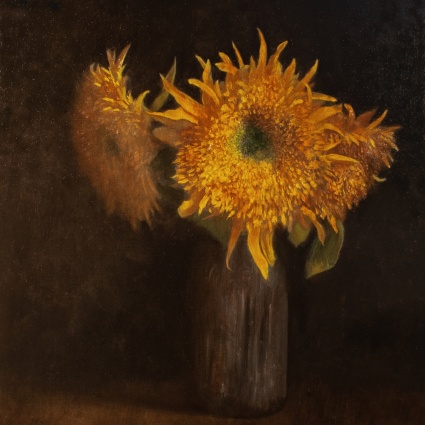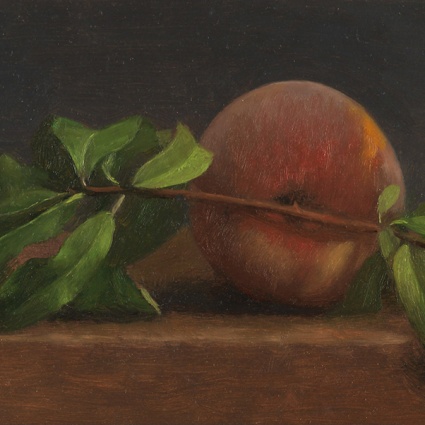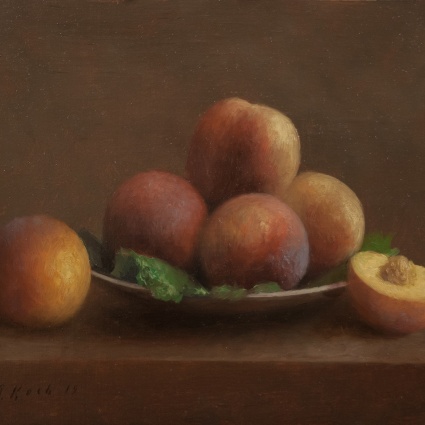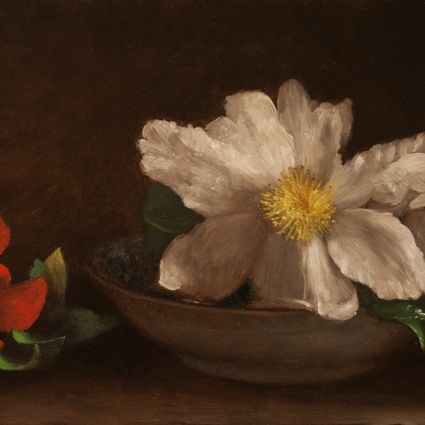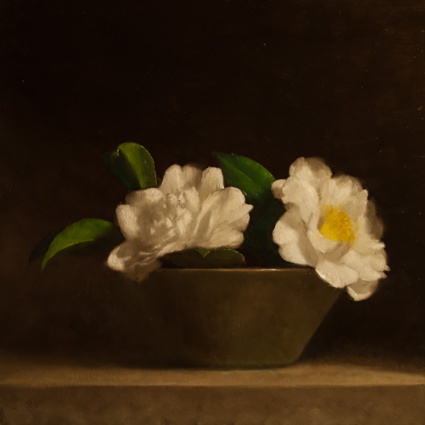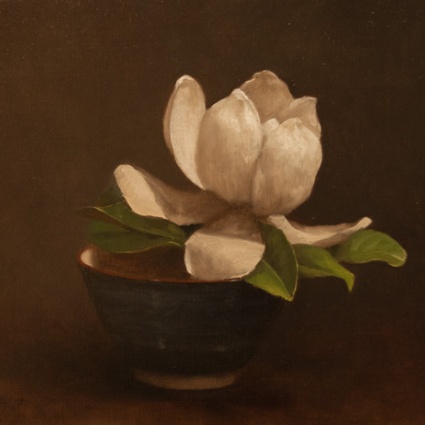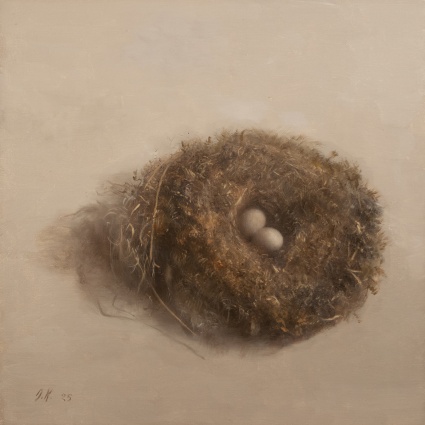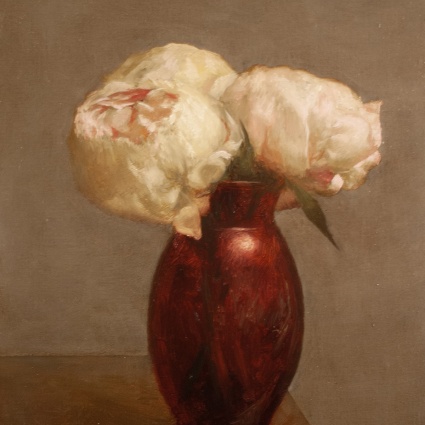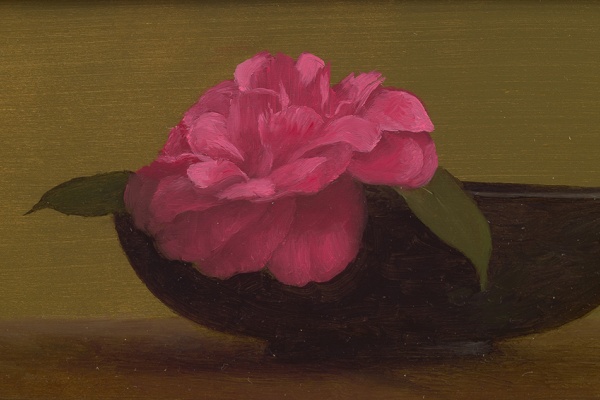
Jonathan Koch
Jonathan Koch
For artist Jonathan Koch, a weekly trip to the farmer’s market is less an opportunity to purchase fresh produce than a primary resource and inspirational experience for his art. For him, the bounty of flowers, fruit, and vegetables on display don’t recall a favorite dish or generate recipe ideas but instead offer an abundance of potential still-life subjects. If he could, he would find a way to paint them all.
Koch grew up in the small enclave of Bonny Doon, nestled among the forested hills a few miles north of the University of California, Santa Cruz. His grandmother was a world-class gardener, and he and his siblings played freely among both her roses and Japanese-style gardens, then wandered in the redwood and fir forest surrounding them. His artist mother filled their home with art books and art materials, which he regularly took advantage of. Like many children Koch loved to draw, and he maintains the practice today, describing himself as a draughtsman. He says, “as a child the ability to create an image on any surface seemed magical to me and I continue to feel the same way today.” His idyllic childhood was natural to him, but he now recognizes its impact and counts it as a primary inspiration and influence.
Of the many artists’ books Koch poured through in youth, those of artists Winslow Homer, John Singer Sargent, and Andrew Wyeth, most attracted him. Their work inspired him to take up watercolor, which became his medium of choice. He went on to explore a wide variety as a student at the Rhode Island School of Design, where he ultimately earned a degree in Illustration. However, after a period working as a successful commercial artist on the east coast, he found that he no longer enjoyed painting for business-related projects. He wanted to be able to choose his own subjects. Back in California he began to focus on oil painting, embracing the medium even though it meant relearning many techniques. He now savors every moment of its “long and messy” process, experiencing the whole as a meditative practice. He paints spontaneously, without a lot of preliminary sketches, and works mostly from life. Occasionally he will refer to photographs, but with the knowledge that camera and human eye record detail very differently. And detail is at the heart of Koch’s artwork.
Koch’s paintings generally focus on one subject, primarily fruit or flowers. His single fuzzy peach, Stem and Leaf Peach, 2022 or his two yellow apples with their leaves, Ginger Gold Apples, 2023, or his creamy white camelias, Camelias with Ceramic Bowl, 2021 are wonderful examples. They testify to an artist who understands how to look deeply, and whose skillfully wielded brush moves in complete harmony with his eye. The three small paintings bring the viewer in close, giving them access to each nuance of light and color in their hushed and intimate spaces. Occasionally Koch will embrace a larger, more complex subject, like his stunning Marigolds, 2024, which depicts an impressive bouquet of the bright orange blossoms with their feathery green leaves, set in a brassy, reflective vase. With an infinity of small brushstrokes, he picks out a fathomless array of tiny petals sparkling with minute variations of their unmistakable hue. This vibrant ode to an iconic fall flower also carries with it the implications of Day of the Dead graveyard celebrations, giving it momentous presence and complexity along with its splendor.
Like the artist heroes of his youth, Jonathan Koch takes inspiration from the life around him. While they earlier artists chose their neighbors, friends, and family as portrait subjects, Koch centers his practice on the richness and variety found in the natural world. With equal care and respect he engages in creating his own kind of singular portraits of precious and fleeting life.
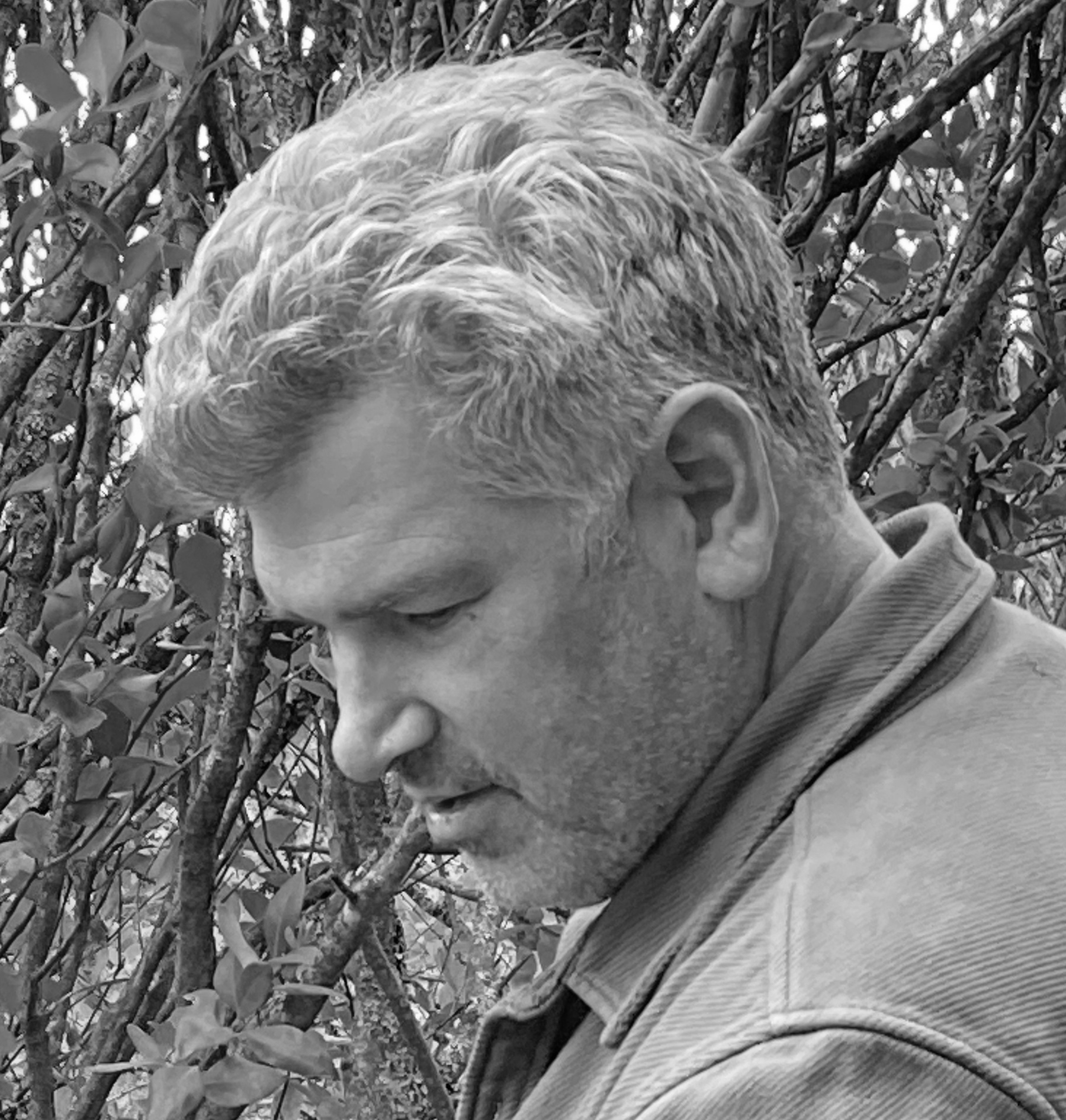
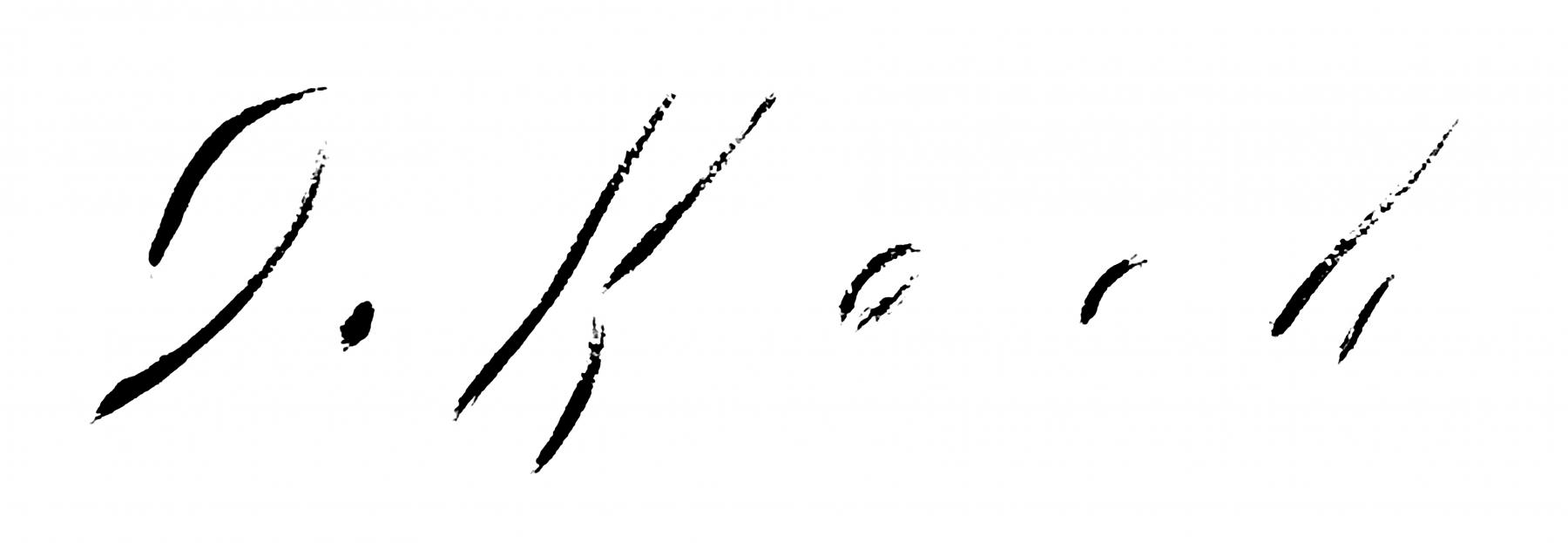
Jonathan Koch
Jonathan Koch (b. 1971, Santa Cruz, CA) is a contemporary realist painter whose still lifes and florals reflect a careful, meditative attention to detail and the subtle beauty of the natural world. Raised in Bonny Doon, California, in a home surrounded by art and gardens, he developed a lifelong interest in observing and representing the life around him. From an early age, he was drawn to drawing and painting, inspired by artists such as Winslow Homer, John Singer Sargent, and Andrew Wyeth, and later pursued studies in illustration at the Rhode Island School of Design.
After a period working as a commercial artist on the East Coast, Koch returned to California to dedicate himself to fine art. Working primarily in oil and often from life, he embraces the slow, layered process of painting as both technical practice and contemplative study. His work emphasizes close observation, subtle variations of light and color, and the quiet presence of natural subjects, creating compositions that invite reflection and attention.
Koch’s paintings have been exhibited in solo and group exhibitions across the United States and internationally, and his work has been featured in publications including American Art Collector and Fine Art Connoisseur.
